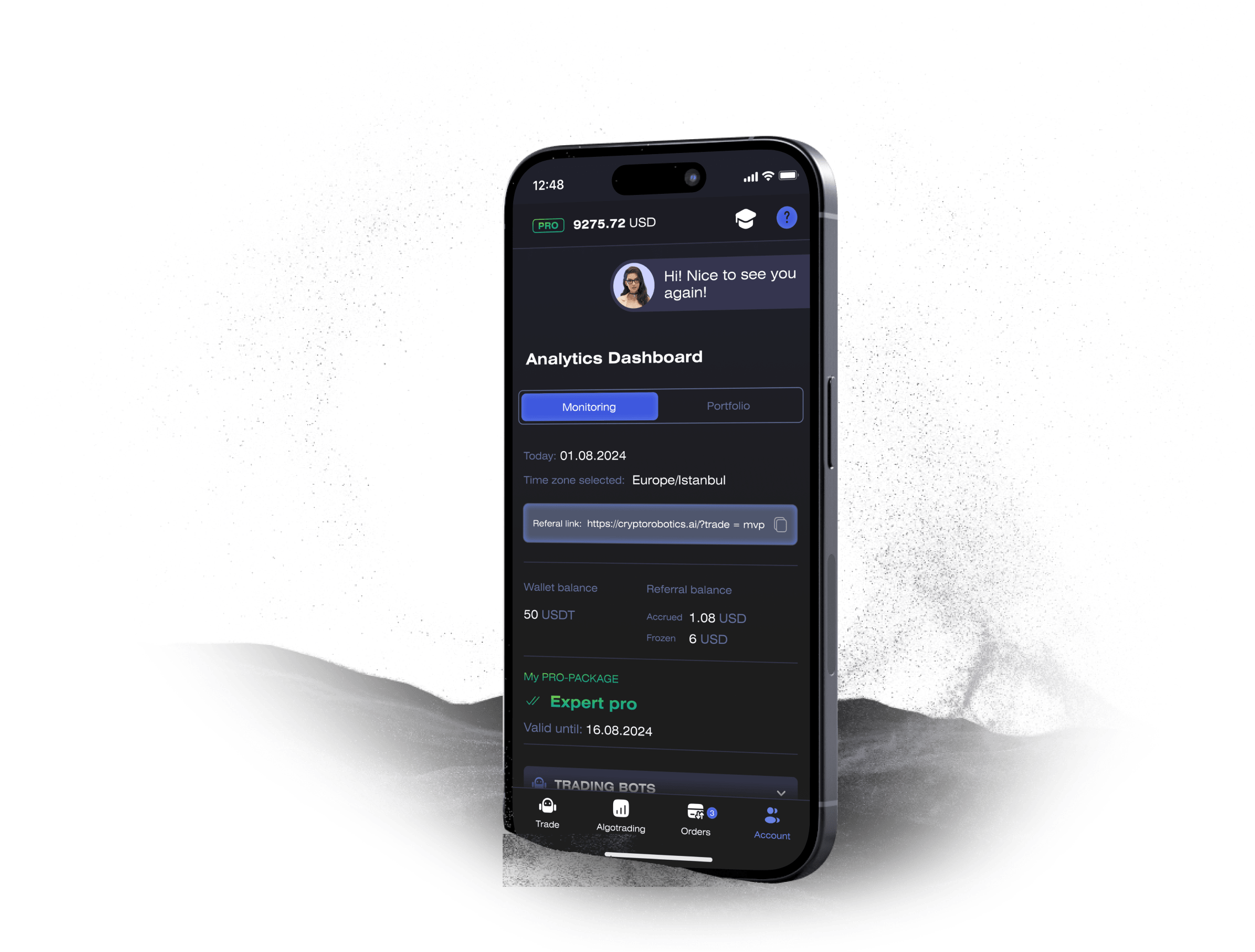Published: February 17, 2025 at 1:17 am
Updated on February 17, 2025 at 1:17 am
We use cookies to help you navigate efficiently and perform certain functions. You will find detailed information about all cookies under each consent category below.
The cookies that are categorized as "Necessary" are stored on your browser as they are essential for enabling the basic functionalities of the site. ...
Necessary cookies are required to enable the basic features of this site, such as providing secure log-in or adjusting your consent preferences. These cookies do not store any personally identifiable data.
Functional cookies help perform certain functionalities like sharing the content of the website on social media platforms, collecting feedback, and other third-party features.
Analytical cookies are used to understand how visitors interact with the website. These cookies help provide information on metrics such as the number of visitors, bounce rate, traffic source, etc.
Performance cookies are used to understand and analyze the key performance indexes of the website which helps in delivering a better user experience for the visitors.
Advertisement cookies are used to provide visitors with customized advertisements based on the pages you visited previously and to analyze the effectiveness of the ad campaigns.


Trading in the cryptocurrency market is no cakewalk. The psychological factors at play can make or break a trade, especially when dealing with patterns like head-and-shoulders. Emotions like fear and greed can cloud judgment, leading to less-than-ideal decisions. Here’s a closer look at how these emotions affect traders and the role of automated crypto trading bots in this equation.
What’s the big deal with the head-and-shoulders pattern? It’s a classic technical analysis setup that suggests a potential reversal in price trends. Essentially, it consists of three peaks: the left shoulder, the head, and the right shoulder, with a neckline that serves as key support or resistance.
Let’s say you’re looking at Sui (SUI), and it’s forming a head-and-shoulders pattern with a neckline at $3.02. If the price breaks below this level, you could be looking at a drop to around $1.69. On the flip side, if the price manages to stay above, it could rally towards $3.80 or even higher, depending on market conditions.
Trader psychology can’t be ignored, especially during the formation of head-and-shoulders patterns. Emotions like fear, greed, or FOMO can lead to impulsive decisions. During the left shoulder’s formation, there’s often a lot of buying pressure because everyone feels optimistic. But as the right shoulder takes shape, the mood can quickly shift, leading to selling.
There’s also the risk of cognitive biases, like confirmation bias, which can distort a trader’s view of the market. It’s vital to be aware of these mental traps when crafting a trading strategy.
Enter automated trading bots. They’ve changed the game by being faster and more consistent than your average human trader. These bots can analyze data and execute trades based on criteria like spotting a head-and-shoulders pattern. This means they can seize short-term opportunities that might slip through human fingers.
On the other hand, humans are left to rely on their manual decision-making, which can be tainted by emotions. While intuition can be handy, it can also lead to rash decisions, especially when the market gets choppy. Understanding the strengths and weaknesses of both can help you refine your strategy.
To navigate the head-and-shoulders patterns effectively, a blend of technical analysis and psychological insight is key. Here are some strategies you might find useful:
First and foremost, confirm the pattern. Ensure that the neckline is validated by a strong price movement before making a trade.
Next, keep an eye on volume. A decrease in volume during the right shoulder may signal a loss of bullish steam, while increased volume during a neckline break can validate the pattern.
Then, don’t forget to set stop-loss orders. These can help you manage risk. For example, placing a stop-loss just above the neckline can save you from unexpected price swings.
Finally, combine indicators. Using extra technical indicators, like stochastic RSI or Bull and Bear Power (BBP), can bolster your trading decisions.
In summary, understanding the psychological aspects of trading, especially during head-and-shoulders formations, is crucial. By recognizing the emotions and biases that can cloud judgment, you can create a more rational trading strategy. Whether you’re using automated trading bots or relying on your own intuition, a disciplined approach can yield better results in the unpredictable crypto market.
Incorporating these insights into your trading strategy may help you navigate the complexities of crypto trading with a bit more clarity.
Access the full functionality of CryptoRobotics by downloading the trading app. This app allows you to manage and adjust your best directly from your smartphone or tablet.
